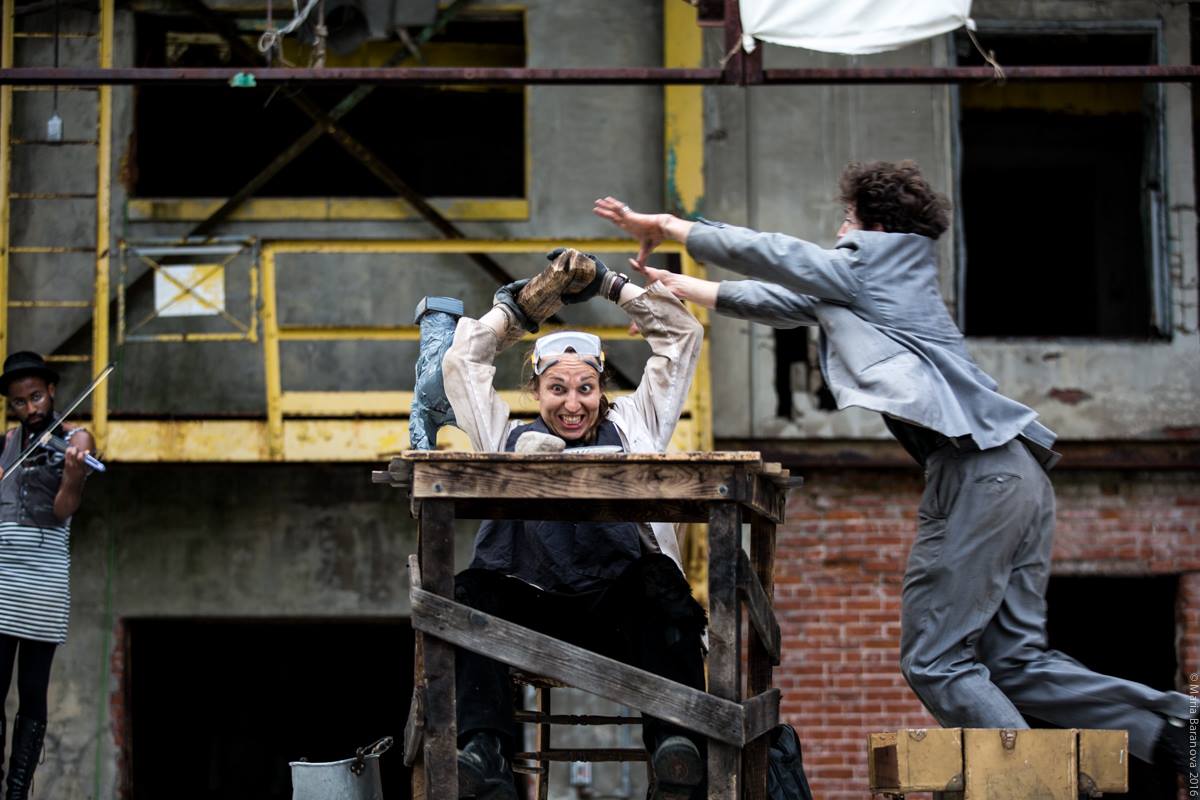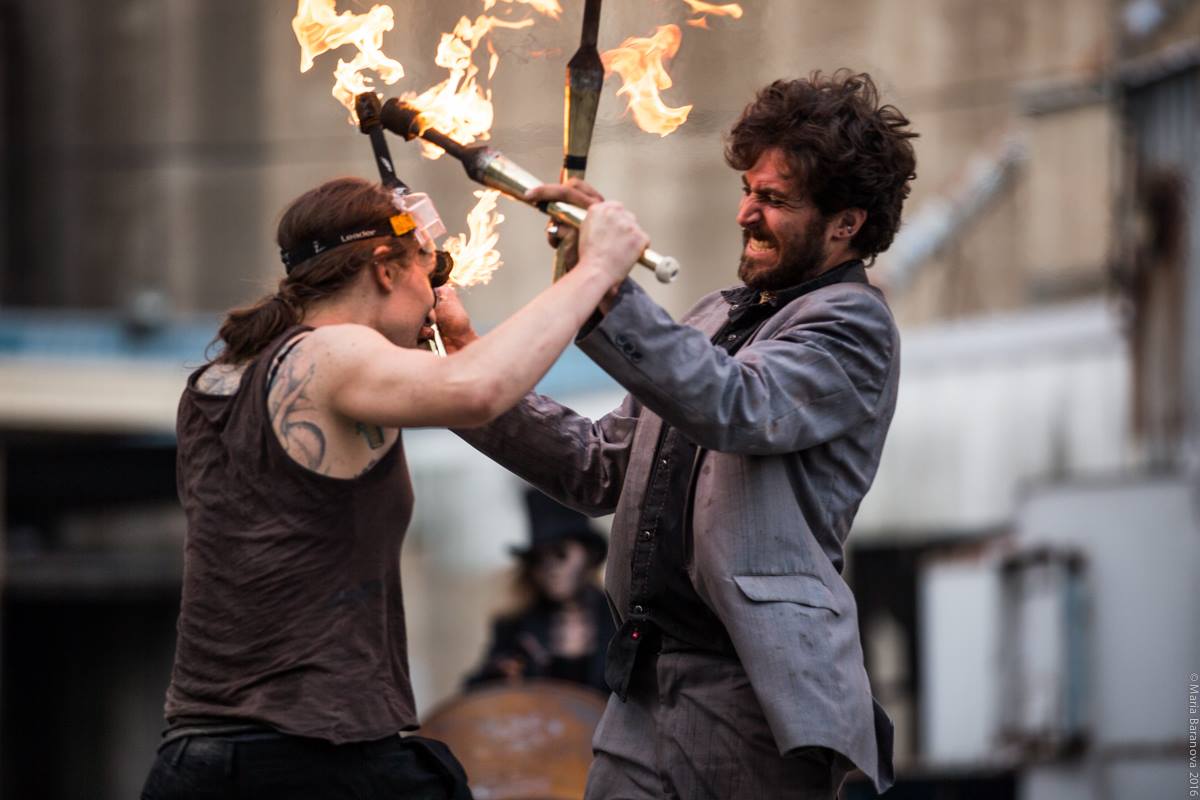Cleveland: A Tale of Two (to Twenty Nine) Cities
This week is a full one.
After a successful performance series in Buffalo, we arrive in Cleveland to a sea of overjoyed fans and a ticker-tape parade. Sure, the 1.4 million bodies crowding the streets have gathered to celebrate the Cavaliers winning the NBA Finals, not to celebrate our arrival, but still. We can ride the wave of jubilation anyway.
This is how our journey seems to move: in waves of excitement, followed by small waves of apprehension. Scientists have a name for subtle movements like these: seiches—not to be confused with the tides, seiches occur when the atmosphere shifts and the winds push the water from one side of the lake to the other. Our arrival at St. John’s Institute in Cleveland—our new performance site—has signalled a similar shift in atmosphere.
Ripped from the silos of Buffalo, we find ourselves swimming in wider stories, held by the same body of Erie water, but oscillating up and down in the seiches of ballyhoo and hope.
St. John’s Institute is a historic Episcopal church. About two years ago the congregation could not sustain its Sunday worship, but much of its story survives under this surface, as shown to us by our trusty guide, Timothy. In the mid nineteenth century, St. John’s served as one of the last stops on the Underground Railroad, providing safe haven for runaway slaves escaping to the shores of Lake Erie. In the 1970s the church opened its basement to Oglala Lakota activist Russell Means, where he started the Cleveland Center of the American Indian Movement. Bone Thugs N’ Harmony recorded their Grammy-winning album Crossroads in the studio we’re using as our green room.
Much like Silo City in Buffalo, what we see in this site is not abandonment, but rather a shift in purpose and direction, indeed, a fullness. The spirit in this place is alive, and it’s filling up an aging body.
Our stories are accumulating, our experiences appreciating with time. We are artists, but we are not starving. Outside the house in which we are staying, we even have daily access to the water.
We see from our privileged position that something dramatic happens when a lake is over saturated with nutrients, like phosphorous and nitrogen. These nutrients mostly come from human-driven industries, often in the form of fertilizer and sewage runoff, and feed the growth of algae, which bloom in the overabundance and sink to the bottom of the lake, taking precious oxygen with them. This hypoxic process is called eutrophication, and it’s what causes dead zones in Lake Erie and other aquatic ecosystems like the Gulf of Mexico. Ask any Clevelander about the toxic algae blooms, and they’ll likely tell you the tale of Toledo, OH—two years ago a floating dead zone released so much of the nauseating toxin microcystin that the city had to shut off drinking water for half a million residents for three days. And that was not an isolated incident; that dead zone shifts directions, but it doesn’t abandon Erie. It’s still out there, lurking beneath the surface.
It appears our cities reflect our lakes. Much like the problem of excess nitrogen and phosphorous, Cleveland seems to be experiencing a glut of certain nutrients, including microbrews and coffee. Not that there’s anything wrong with either of these ingredients, but like nitrogen and phosphorous, too much of a good thing can be intoxicating. Much in the same way as industrial fertilizers disproportionally feed certain bodies (algae) over others (fish), excessive private development pumps resources into certain (rich, white) bodies at the expense of others (poor, brown).
This pattern repeats in city after city, not just in the rust belt. Redevelopment projects seem to crowd out other life forms that make up the city’s ecosystem; like the history of poor and queer bodies in St. John’s Ohio City, all the moms and pops suffocate when the upstarts develop away the breathing space. In a lake the pattern is called eutrophication. In a city it’s called gentrification, and it creates a similar, cultural dead zone wherever it blooms.
But just as there is more to life in Lake Erie than the algae, there are so many more ways to revitalize our cities’ neighborhoods than through gentrification. The hopeful and revolutionary spirit of St. John’s Institute in Ohio City is one example. The cavalier attitude of the bodies peopling Cleveland’s streets is another. How do we stop overfeeding the blooms and help balance the nutrients in our lakes and cities? One way can be to limit severely our waste, especially as winds change and the seiches carry it from one city to the next. What are other ways?
Children of the Wild is performing The Wastelands at St. John’s Institute this Friday, Saturday, and Sunday (July 1-3), as an example of gentrification remediation. The performances are free. More info on this performance and The Wastelands Journey can be found at childrenofthewild.org.
Augustin Ganley, Film Director, Children of the Wild Ensemble Theatre
Augustin Ganley speaking at 1 of 3 Buffalo performances.











